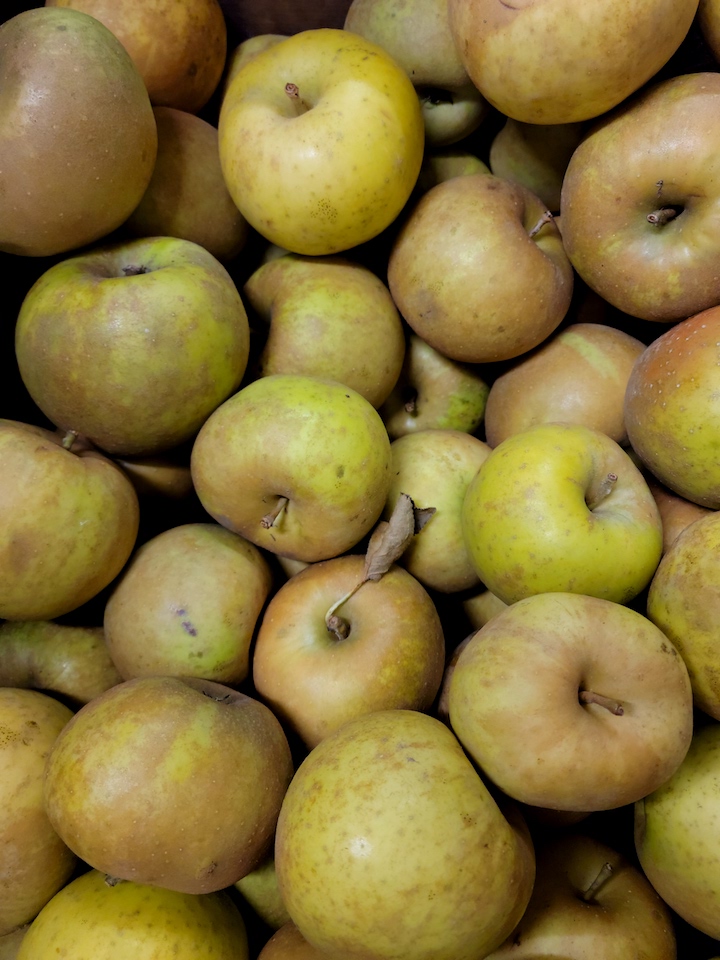
RICH, FROTHY CIDER, fresh or hard, is as complex and variable as the fruit from which it is made. Now that the apples are mostly picked (though many remain on the trees at some New England orchards), cider-makers large and small are busy pressing apples and fermenting their juice, contributing to a seemingly endless range of flavors and styles.
Cider season will be on full display in western Massachusetts this weekend, as Franklin County CiderDays, the largest and oldest gathering of its kind, celebrates its 27th year with nearly 20 apple growers and cideries opening their doors for tours, and special events and offerings. Participating orchards include Clarkdale Fruit Farms in Deerfield, Pine Hill Orchards in Colrain, and Ragged Hill Cider Company in West Brookfield.
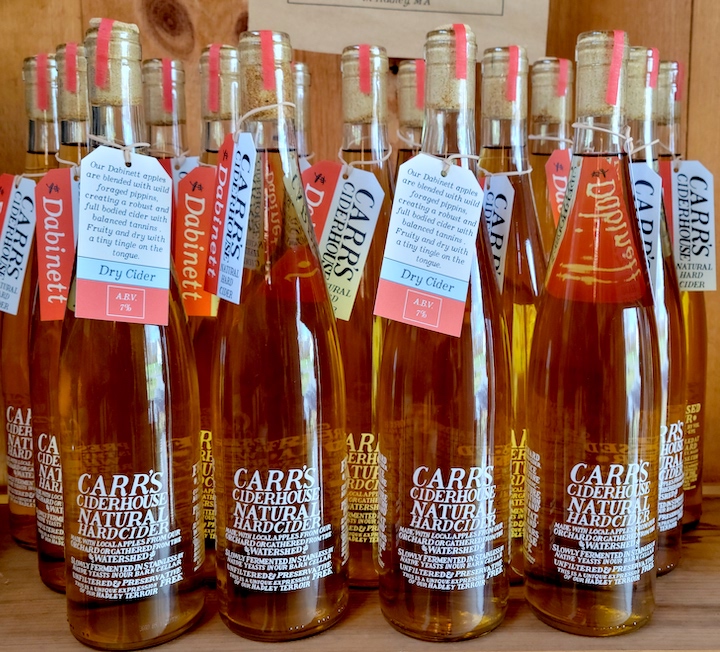
Click here for the weekend schedule.
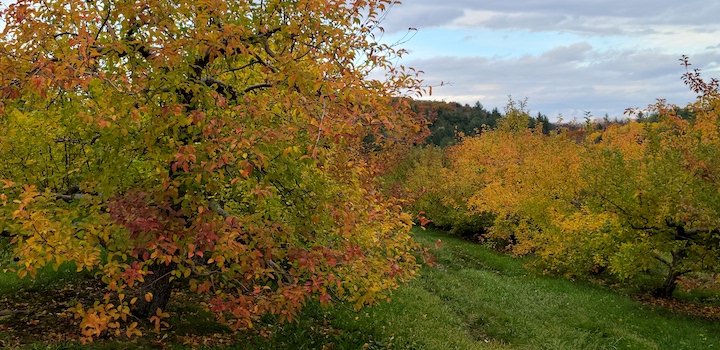
* * *
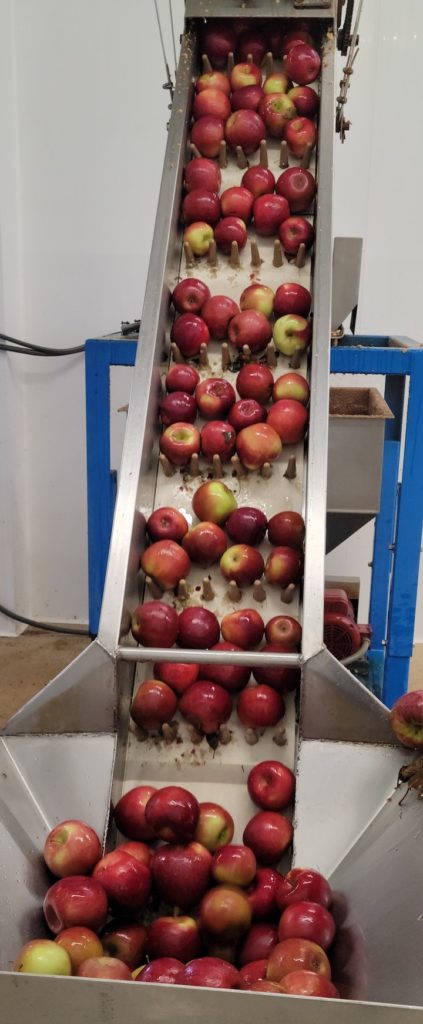
THERE IS NO universal cider. It is neither as consistent nor as predictable as, say, orange or cranberry juice.
There are many variables packed in every bottle. What kinds of apples were used, and where were they grown? Is it juice from a single variety, or a blend? Pasteurized or unpasteurized? Who makes it, and when was it pressed?
Fresh cider’s flavor continues to evolve long after it has left the maker’s hands, sitting in the refrigerator. Fresh cider keeps for weeks, but its flavor and tasting characteristics gradually change from thick and sweet to tangy, with a little fizz. It happens over many days, eventually becoming hard cider, with more complex flavor characteristics and mild alcohol content.
It’s best to drink a little at a time at every stage to appreciate the full measure of cider. Just be sure to pop the cap every few days to let the carbon dioxide escape (don’t forget, or you could be washing the inside of your refrigerator.)
Left by itself, after four to six months after the cider becomes hard and eventually turns to vinegar.
Hard cider comes in a variety of iterations. The website greatbritishchefs.com lists “naturally sparkling, bottle-fermented, methode champenoise (a method of making sparkling wine by allowing the last stage of fermentation to take place in the bottle), carbonated, dry, medium, sweet, ice cider, cider brandy, acidic, tannic, and wild yeast fermentation.”
* * *
ACCORDING TO Merriam-Webster, cider was consumed in the Roman empire, ancient Greece, and the Middle East, “and the name itself probably derives from the Hebrew ‘shekar’ or Greek ‘sikera’ meaning ‘strong drink.’”
The Online Etymology Dictionary dates the term “cider” back to the 13th century, meaning “strong liquor,” which by the mid-14th had evolved to “liquor made from the juice of fruits.”
Merriam-Webster writes that the 12th century, Old French term “cidre” applied to the fermented juice of pears and mostly apples “in monasteries, particularly in non-wine-producing areas of Europe such as Normandy; Norman localization would also account for the thorough penetration of the word into Anglo-French.”
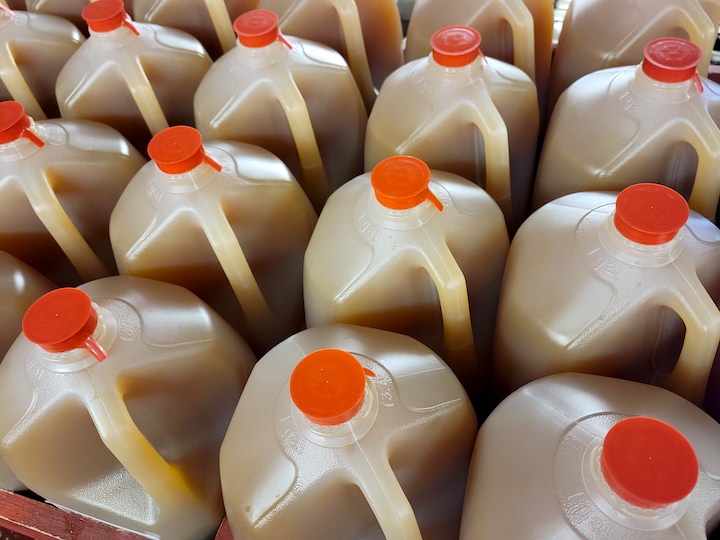
Cider gradually came to mean “fermented drink made from apples” in English, though it was later applied to any apple juice, before or after fermentation. The former is fresh, or sweet, cider, the latter is hard cider, the lightly alcoholic drink.
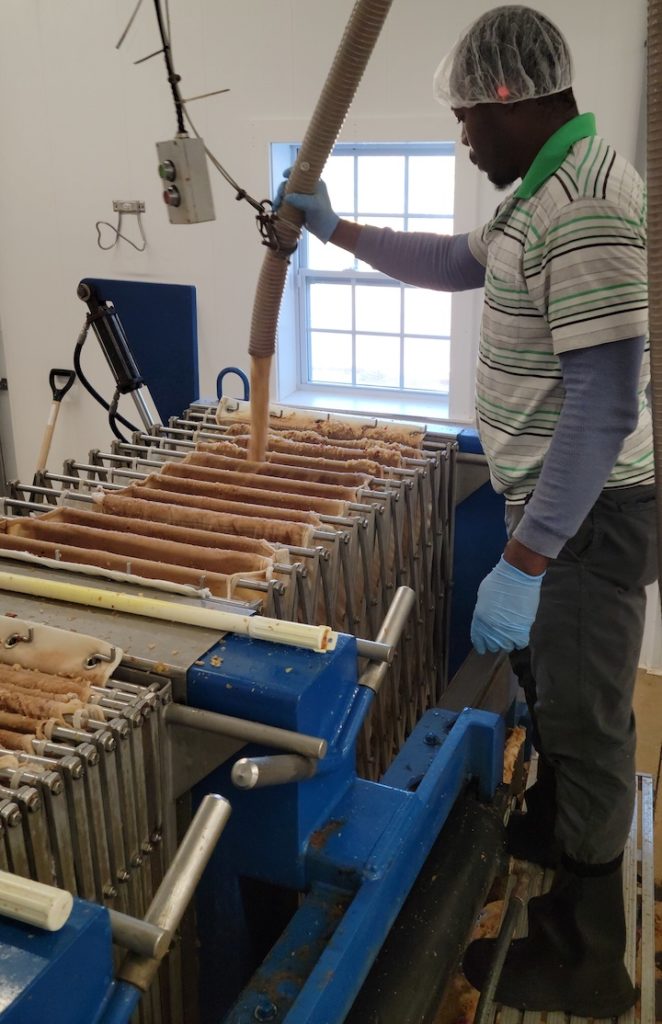
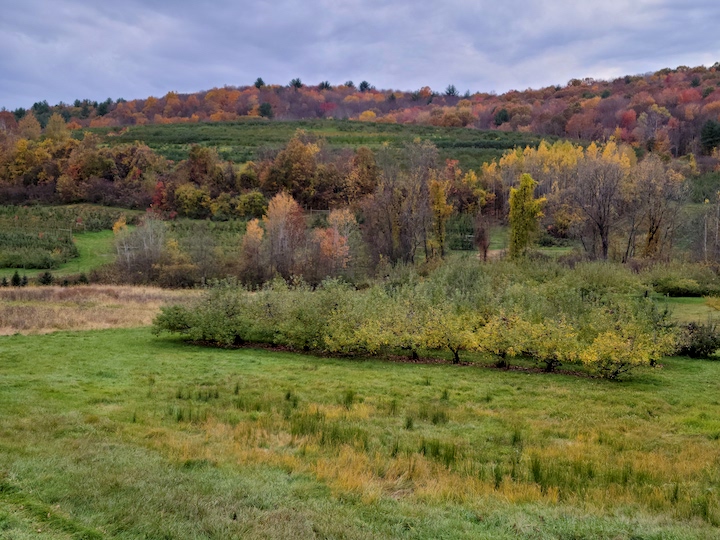
CIDER WAS New England’s drink from Colonial times until the mid-1800s. It was inexpensive and easy to make. It could be consumed fresh and stored year-round, and it aged to a slightly fizzy, lightly alcoholic drink.
Everyone drank cider, young and old, fresh and hard. Cider was safer to drink than water in some places. Middlesex County, Massachusetts, produced 33,436 barrels of cider in 1764, “or seven per family, well over a barrel for every man, woman, and child.”
By the mid-1800s, though, hard cider’s popularity began to fade. The Industrial Revolution drew people from rural areas to cities, where beer brewed by German immigrants became a cheap and widely available alternative to cider. Hard cider was also targeted by temperance movements at either end of the 19th century, further eroding its influence.
But cider is back, in a big way. Even national powerhouses like Anheuser-Busch and Sam Adams have added hard ciders to their product lines, and New England once again finds itself at the forefront of a resurgence of interest in ciders. In addition to the annual CiderDays celebration, there are now more than 80 cideries in the six New England states, and the number is growing. More and more orchards are building taprooms and producing their own brands.
Cider is New England’s drink, again. Drink up!
* * *
TO SEE HOW fresh cider is made, view this short video:
* * *
THIRSTY FOR NEWS about cider? Check out Ria Windcaller’s CiderChat. She produces weekly podcasts about this endlessly fascinating drink and the people who make it.
